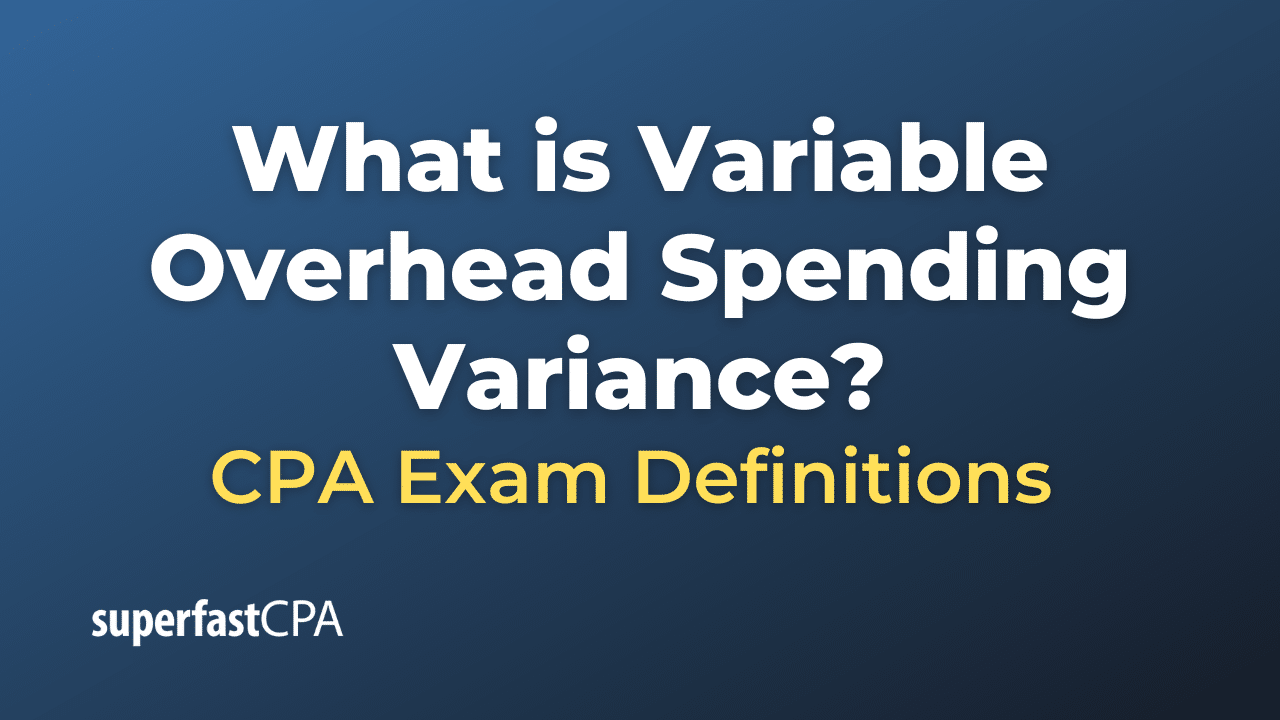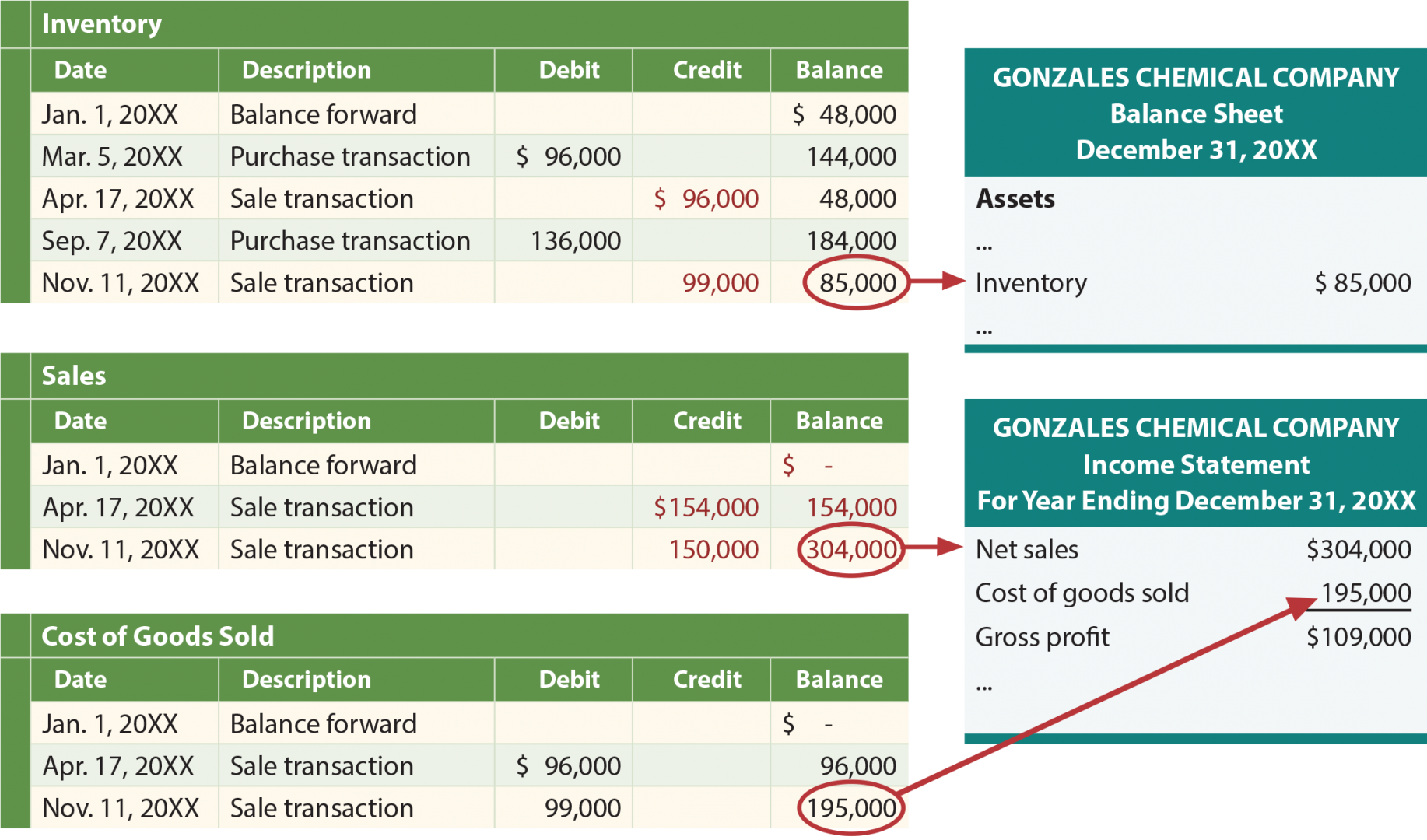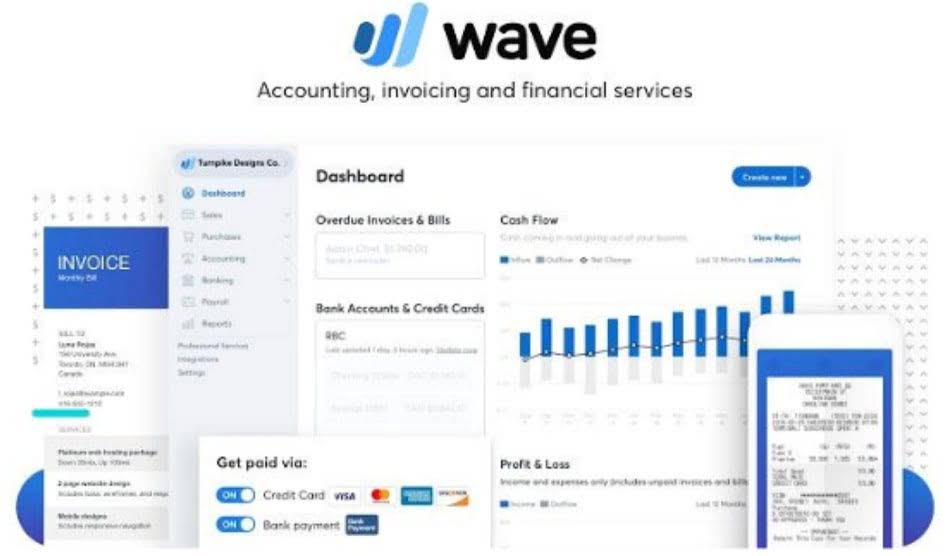Our real estate management software includes integrated solutions for accounting, marketing and lease execution, market intelligence, energy management, end-to-end procurement, business intelligence and much more. Our refreshingly simple platform puts you in charge of marketing and managing your entire portfolio, with support for residential, commercial, affordable, self storage, HOA/condo and manufactured housing properties. Rest easy knowing your reports are accurate with Yardi’s trusted, built-in accounting system to track your revenue and expenses. And since Breeze is in the cloud, you can work from anywhere and get fantastic support when you accounting exam 1 flashcards need it. Yardi offers the widest array of solutions for the commercial real estate market built into a single platform with the most comprehensive set of management and accounting tools. We have multiple options for all portfolio types and sizes, from large multinational enterprises to small and midsize holdings.
Owner Tools
Markets we serve include commercial, multifamily, single family housing, self storage, student housing, senior housing, coworking, affordable housing, PHA, military housing, airports and parks and recreation. Voyager automates workflows and provides system-wide transparency that enables you to work more productively and collaboratively than ever before. Using any browser and mobile device, Voyager gives you instant access to your data.
- We seamlessly integrate asset management, facility operations, forecasting, financials, construction and leasing in one system.
- Voyager automates workflows and provides system-wide transparency that enables you to work more productively and collaboratively than ever before.
- Yardi software and service solutions range in price depending on the product, market and portfolio.
- A tech savvy accounting and bookkeeping firm serving small and midsized businesses, we focus on building scalable accounting department for our clients.
- Maybe residents want to pay rent online or outfit their unit with convenient features like remote locks and lights.
- As an integral part of the global communities in which we operate, Yardi contributes volunteer time and financial support to organizations dedicated to housing, health services, disaster recovery and other humanitarian services.
Empower residents
We showcase innovation and best practices at major trade events staged by NAA, Realcomm, BOMA, NAREIM, NARPM and others. Our contributions include event sponsorship, participation in panels and roundtables, keynote addresses, current assets vs current liabilities: what’s the difference grants and thought leadership content.
Find products to drive your business.
Yardi Breeze Premier offers a handful of plugins like utility billing and maintenance request tracking. For full-fledged customization, and complete access to their library of hundreds of API add-ons, Voyager is your go-to. Helping busy founders and busy owners streamline their accounting & bookkeeping with services designed from and for the perspective of business owners. However, if the program quickbooks online – its advantages and main functions you need further assistance, our Yardi consultants are here to help you.
Use the property management software checklist to help you make the right decision when reviewing the solutions available to you from any real estate technology provider. The best property management software maximizes efficiency, convenience and ROI for property managers, occupants and investors. Yardi software produces these outcomes by automating business processes, consolidating data and enabling execution of all operations from a single platform. There will always be a long list of cutting-edge tech solutions tenants come to ask your teams about. Maybe residents want to pay rent online or outfit their unit with convenient features like remote locks and lights. Your first thought might be, “not another software product to manage!
You should reassess your property management software every few years and see what’s new on the market. Competing successfully today requires more than managing properties. You also need to drive revenue, attract and retain tenants, and satisfy a range of stakeholders. Additionally, residents and tenants think of things like mobility, energy management and self-service options as essential features, not add-ons.
This makes it easy for you to select a cost-effective package that fits the needs of your portfolio. Whenever you feel stuck while accessing this software, feel free to refer to this blog. Just remember, with the right Yardi features for your unique goals, you can maximize your money and time. From setup to maintenance to reporting, Yardi Breeze is very user friendly and simple to work with. Cut down on data entry mistakes and increase transparency when your teams works from a single source of truth. A tech savvy accounting and bookkeeping firm serving small and midsized businesses, we focus on building scalable accounting department for our clients.













Recent Comments